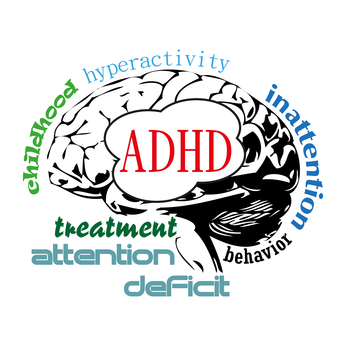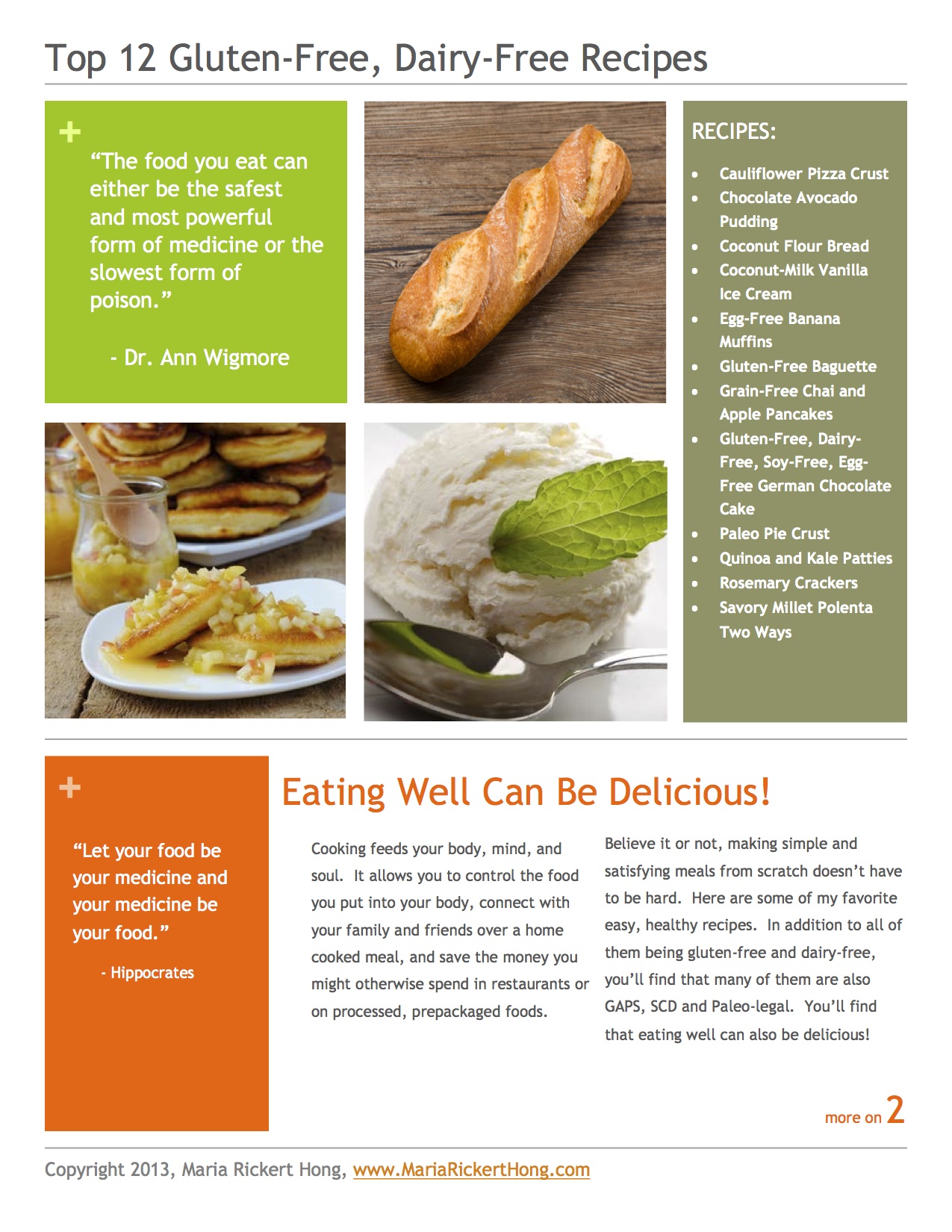 You might not know that there are a lot of potential hazards in your local drinking water. The Environmental Working Group recently published a report, “Water Treatment Contaminants: Toxic Trash in Drinking Water“, which found “probable human carcinogens” in every single water system they tested. They tested 201 municipal systems in 43 states.
You might not know that there are a lot of potential hazards in your local drinking water. The Environmental Working Group recently published a report, “Water Treatment Contaminants: Toxic Trash in Drinking Water“, which found “probable human carcinogens” in every single water system they tested. They tested 201 municipal systems in 43 states.
Local water is typically fluoridated (fluoride is a known neurotoxin) and chlorinated, leading to extremely toxic disinfection byproducts (DBPs). Pharmaceuticals, heavy metals, pesticides and more have been found in many water systems. [Read more…]

 Did you know that most, if not all, school shootings were performed by children on some type of anti-depressant or other psychological medication?
Did you know that most, if not all, school shootings were performed by children on some type of anti-depressant or other psychological medication? I’m sorry to say that most people just don’t know this. I didn’t either, despite the fact that it was published by the Environmental Working Group (EWG) in 2005, the year my older son was born.
I’m sorry to say that most people just don’t know this. I didn’t either, despite the fact that it was published by the Environmental Working Group (EWG) in 2005, the year my older son was born. Believe it or not, making simple and satisfying meals from scratch doesn’t have to be hard. Here are some of my favorite gluten free dairy free recipes.
Believe it or not, making simple and satisfying meals from scratch doesn’t have to be hard. Here are some of my favorite gluten free dairy free recipes. You’ve heard it before: everybody is super-stressed these days. Personally, I think a lot of it has to do with technology creep into our daily lives.
You’ve heard it before: everybody is super-stressed these days. Personally, I think a lot of it has to do with technology creep into our daily lives.




